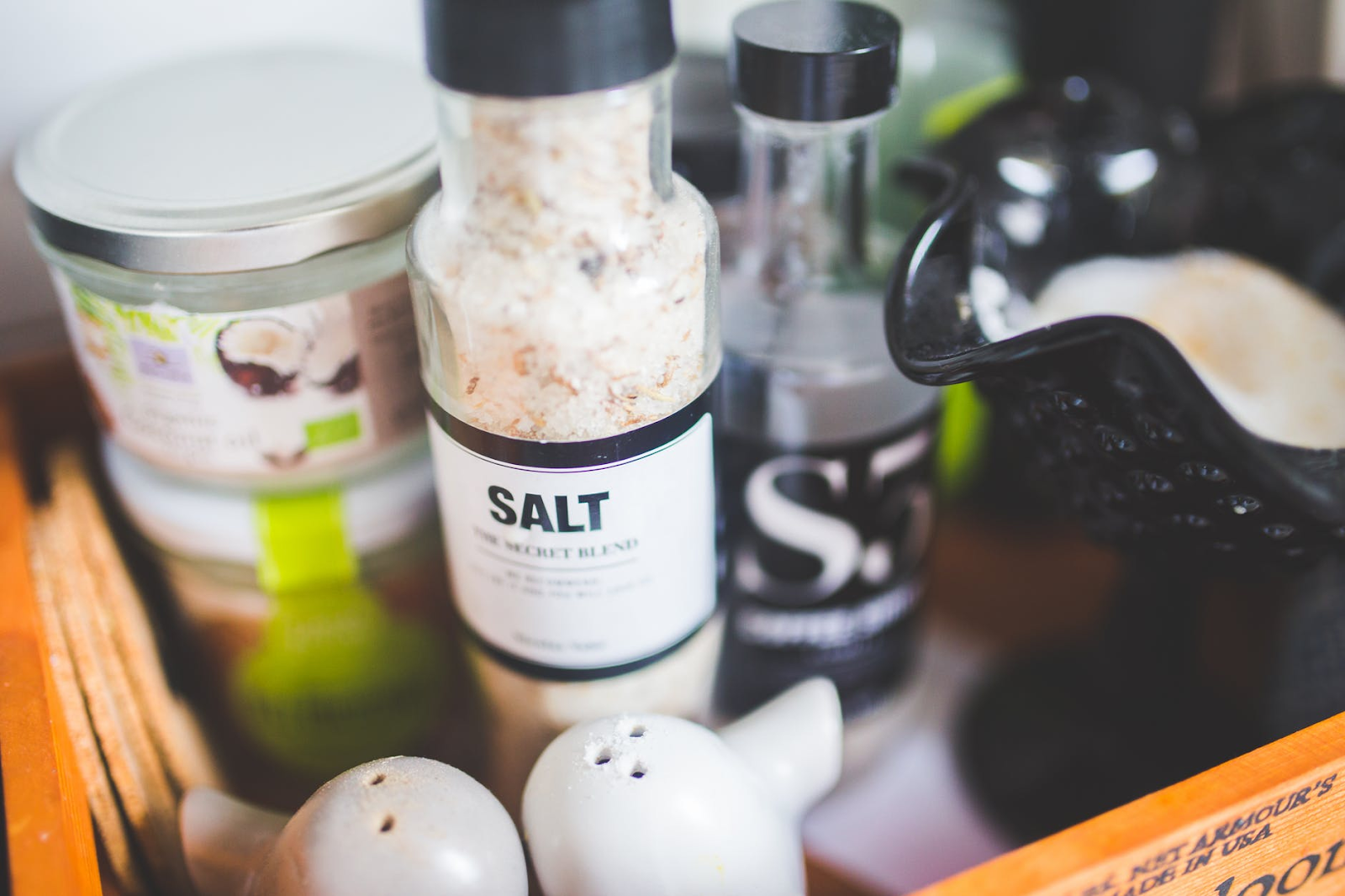
Life Cycle Of A Coconut
Coconuts are thought of as fruits because they’re sweet, grow on trees, and their liquids can be consumed in the form of coconut water.
However, coconuts are also technically known in the scientific community as a nut and a seed. Coconuts can be classified as stone fruits, or drupes. Drupes includes foods such as peaches, olives, and nectarines. The United States Food and Drug Administration label coconuts as a tree nut, and companies when listing allergens have to specifically note the use of coconuts in the product. Meanwhile, the Food Allergy & Anaphylaxis Network (FAAN) considers coconut to be “the seed of a drupaceous fruit.”
Regardless of semantics, a coconut has a life cycle just like any other plant. Here’s how it works for the coconut.
1. Trees Make The Seed

A coconut palm that has reached maturity will sprout several coconuts at a time. A bundle can have 10 or more nuts. Over time, the nut grows heavier and heavier until eventually they fall to the ground.
2. Seeds Start to Sprout
Coconut seeds, like other horticultural life forms, need to germinate in order to grow into new plants. This entails the nut falling to the ground and being buried, similar to how seeds would be planted on a field. A coconut seed can take up to 9 months before it starts to sprout. Once several weeks have passed, the outer shell and husk of the nut splits apart, and the root bursts out.
3. Growing Gains

A coconut that has sprouted will continue to grow at a quickened pace. Over a few months, a coconut’s sprout with reach 2-3 feet. The sprout’s trunk will also increase in diameter and become thicker.
4. Marks of Maturity

A coconut palm typically takes 5 or 6 years before they start flowering. The coconut palm stalk will be approximately 25 feet tall, although some trees can grow to be 60 or more feet tall. The tree will also grow about 30 fronds (leaves), which grow in layers. Old layers on the bottom fall off, while new layers develop on top to maintain the umbrella shape.
5. Blooming Beauty

After five to seven years, flowers begin to grow from the tree tops. The flowers cluster together near where the leaves cluster. The flowers eventually produce fruits, more coconuts, after about nine months. Once the nuts mature, they drop to the ground, and the cycle restarts.
Eliya is the producer of organic King Coconut Water. Bottled in Sri Lanka, the name “Eliya” in the native language means “light”. When compared to other coconut water brands, the makers of King coconut water work hard to create an environmentally friendly, all-natural, and humane product. Eliya’s King coconut water allows people around the world to taste sweet tropical flavors in the comfort of their own homes. Eliya wants everyone to see the light in just how good a coconut water can be.
Want more? Follow us on Instagram @eliyanyc for the latest and greatest! #herecomestheking






